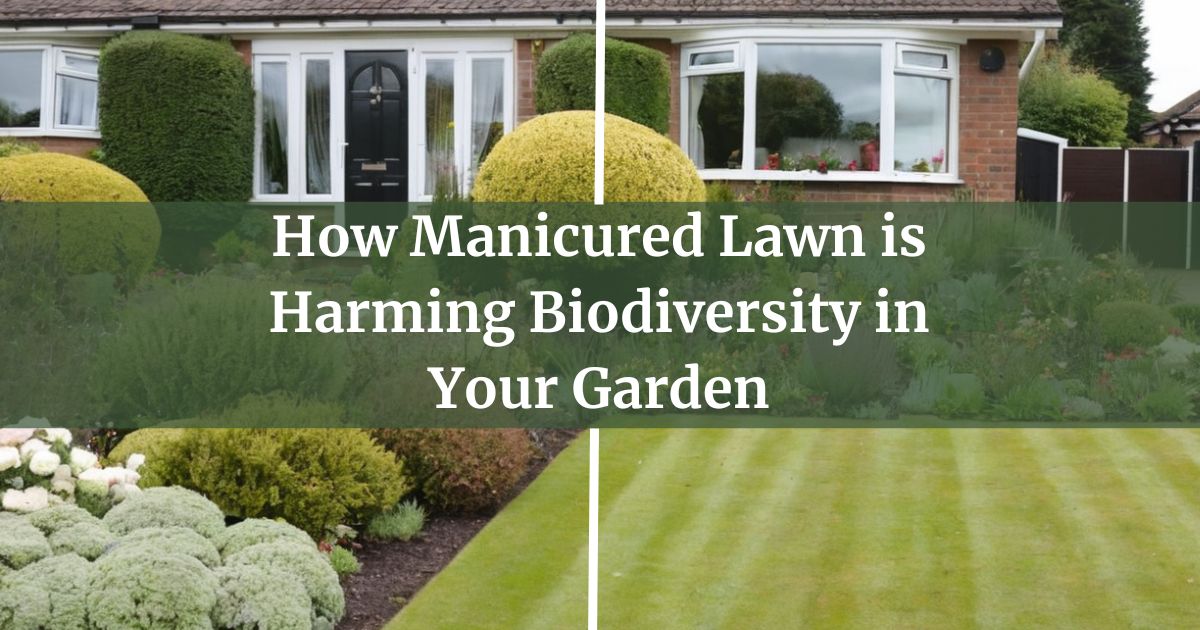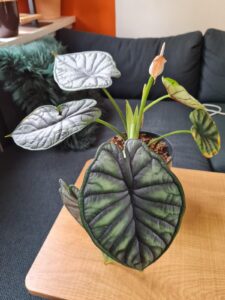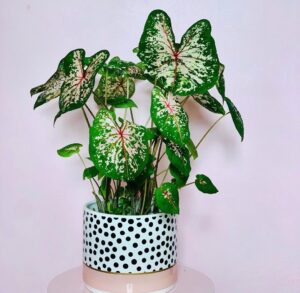
As we meticulously groom our lawns, the unseen consequences of aerating and tilling reverberate through the soil, disrupting vital microbial communities and jeopardizing the very foundation of healthy soil.
In this article
The Hidden Impact of Tilled Soil
At first glance, a neatly trimmed lawn appears healthy and well-kept. However, the regular tilling and maintenance required to achieve this look comes at a high cost to the soil ecosystem below.

When soil is excessively disturbed through aerating, power-raking, and de-thatching, its structure breaks down. This loss of structure has cascading effects, depleting the abundance and diversity of essential soil microbes, fungi, insects, and other invertebrates. Without these organisms to cycle nutrients, aerate the soil, and fight off pests, the soil becomes degraded over time.
A Barren Biological Wasteland
In contrast to manicured lawns, undisturbed soil teems with 10,000 times more species than previously thought, with each gram containing billions of microbes. These organisms support nutrient cycling, water filtration, pest and disease regulation provided to plants.
By stripping away protective thatch and leaf litter layers, tilling homogenizes the soil profile and destroys habitat. As a result, the biodiversity plummets to only a fraction of natural levels. Without its underground allies, a lawn becomes little more than a biological wasteland.
Restoring Your Lawn’s Hidden Life
The good news is it’s not too late to undo the damage. By reducing disturbance, allowing detritus to remain undisturbed, planting beneficial groundcovers, and spot-seeding native plants, homeowners can kickstart ecological restoration below ground.
A more biodiverse lawn requires less watering, mowing and chemicals as nature’s helpers regain their footing. Choosing native alternatives or partially naturalizing some areas provides wildlife habitat while still allowing open space enjoyment.
With small changes, you can transform your yard from a biological dead zone into a garden booming with hidden life.
References:
- Pervasive genetic hitchhiking and clonal interference in forty evolving yeast populations
- Extrafollicular Activation of Lymph Node B Cells by Antigen-Bearing Dendritic Cells
- BioScience, Volume 14, Issue 3, March 1964, Page 37
Fact check
Excessive tilling depletes essential soil microbes and organisms
True. Tilling disrupts the soil structure, leading to a decline in essential soil organisms like microbes, fungi, insects, and invertebrates. This disruption can impact nutrient cycling and soil health over time.
Undisturbed soil harbors significantly more species than disturbed soil
True. Research indicates that undisturbed soil hosts a diverse array of species, including billions of microbes per gram. Tilling disrupts this biodiversity by homogenizing the soil profile and destroying habitats.
Restoring soil health involves reducing disturbance and planting native species
True. To restore soil health, minimizing disturbance, preserving detritus layers, and introducing native plants are effective strategies. These actions can promote biodiversity, reduce the need for excessive maintenance, and create a more resilient ecosystem.







